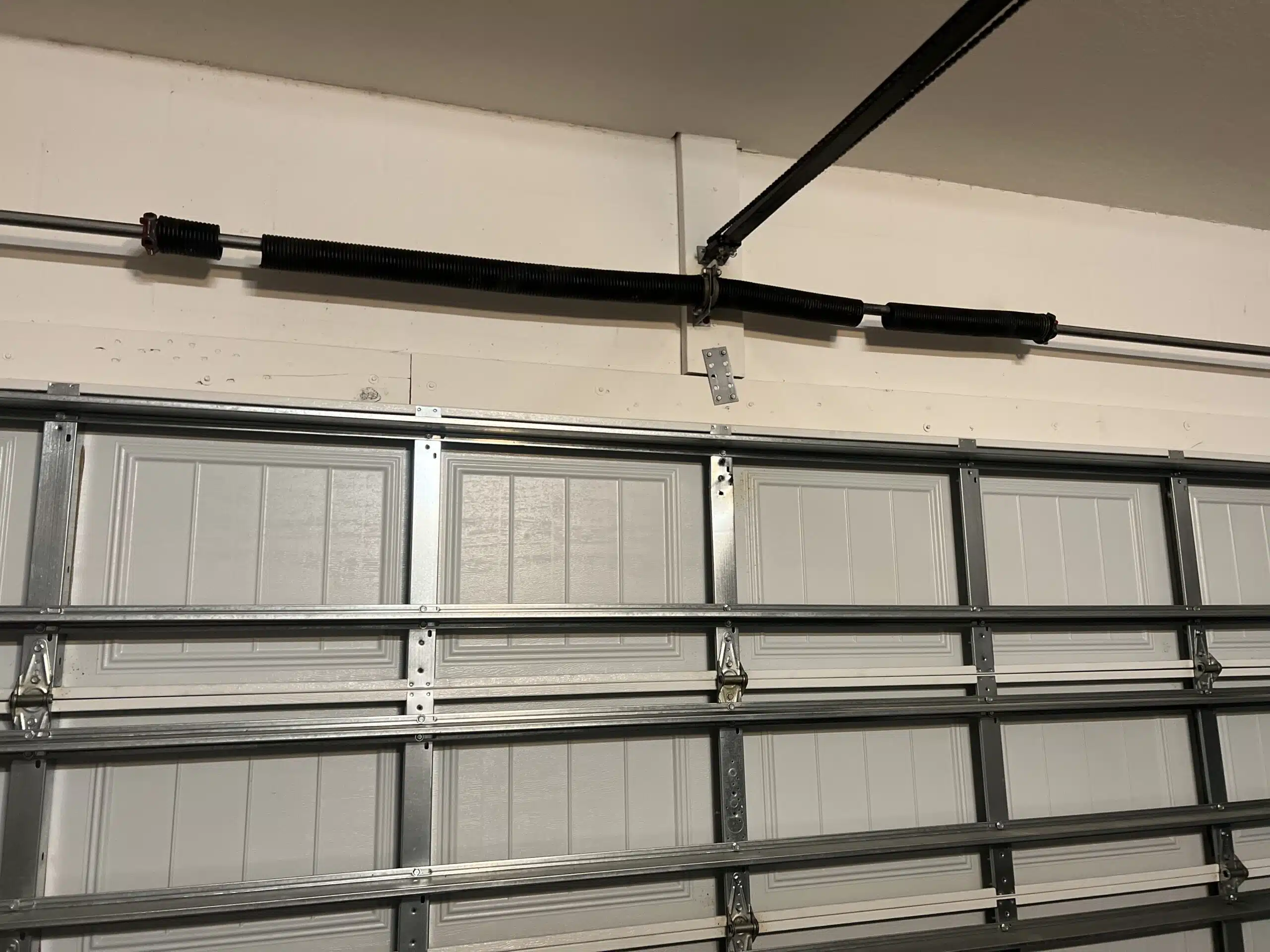Usual Garage Door Troubles and Just How to Repair Them
Garage doors are vital for both safety and benefit, yet they often offer a range of common concerns that can irritate property owners. While some issues might appear uncomplicated to settle, others may call for a much more nuanced understanding of garage door mechanics.
Noisy Garage Door Procedure
A noisy garage door procedure can be a considerable source of aggravation for house owners, commonly indicating underlying mechanical issues. Such disruptions may come from various reasons, consisting of worn-out rollers, loosened hardware, or not enough lubrication. Determining the resource of the noise is important for effective resolution.
One usual cause of excessive sound is the presence of rustic or damaged rollers. With time, these components can deteriorate, bring about grinding or squeaking audios as the door relocations. Routine inspection and replacement of these rollers can dramatically reduce noise levels. Furthermore, loosened bolts or screws in the door system can produce rattling audios during operation. Tightening up these bolts guarantees a much more steady and quieter activity.
An additional adding variable is inadequate lubrication of the door's moving parts. Using a top quality lube to the tracks, springtimes, and rollers can significantly reduce friction and noise. Property owners need to perform this maintenance regularly to keep optimal performance.
Lastly, the garage door opener may likewise produce noise due to its age or mechanical problems. If the sound lingers despite attending to various other variables, speaking with a specialist for a detailed inspection and potential repair service may be needed.
Door Won't Open or Close
Experiencing a garage door that will not open or close can be incredibly frustrating and often signals a malfunction within the system. Numerous variables can add to this problem, and determining the origin is important for effective resolution.

Next, inspect the security sensing units located at the base of the door. These sensing units can become misaligned or blocked by debris, protecting against the door from operating properly. Tidy the sensors with a soft cloth and guarantee they are straightened.
Additionally, the garage door's interior parts ought to be reviewed. Concerns such as a busted spring, worn-out rollers, or a harmed opener can restrain movement. If any type of parts seem harmed, it may be a good idea to consult an expert for repair work.
Misaligned Tracks
To identify imbalance, visually evaluate the tracks for spaces or uneven spacing. If you see any type of inconsistencies, it is essential to address the concern immediately - garage door service. Begin by loosening the screws that safeguard the track to the wall, enabling changes. Very carefully tap informative post the track back right into its right position making use of a rubber mallet or a comparable device, ensuring it is straight and degree.
Once the alignment is dealt with, retighten the screws to secure the track. For an extra permanent option, consider strengthening the tracks with added brackets. Normal maintenance, including cleansing the tracks and guaranteeing rollers remain in good condition, can protect against future misalignments. By attending to misaligned tracks promptly, you can recover the functionality of your garage door and improve its longevity.
Broken Springs
Amongst the numerous components of a garage door system, damaged springtimes are among one of the most typical problems that can significantly hinder its performance. Garage door springs are vital for balancing the weight of the door, permitting smooth opening and closing. When a spring breaks, it can cause a door that is tough to run or, in some instances, entirely unusable.
There are 2 major kinds of springtimes: torsion springtimes, which are installed above the door, and extension springs, located on either side. Indicators of a busted springtime consist of a door that will not open, a noticeable space in the spring, or a loud noise during procedure. Trying to run a garage door with a damaged spring can cause further damage to the door or the opener.
Repairing broken springtimes is not a DIY project; it requires specialized devices and competence because of the high tension involved. It is advisable to consult an expert technician who can securely replace the springs and ensure the door is effectively stabilized. Regular upkeep and inspections can aid stop spring failures and extend the life-span of the garage door system.
Remote Control Issues

The initial step is to inspect the batteries in the push-button control. Replace them if they are weak or dead. If the remote still stops working to run, check the garage door opener to make certain that its sensing units are tidy and unobstructed. Dirt, particles, or imbalance may hinder the signal transmission between the remote and the opener.
Disturbance from other electronic devices can also restrain remote capability. Guarantee that nearby devices, such as wireless routers or cordless phones, are not creating disturbances. garage door service. If disturbance is thought, try moving these tools even more far from the garage door opener
In some situations, the remote might require to be reprogrammed. Speak with the producer's guidelines to reset the remote and integrate it with the garage door opener. If all else fails and the remote continues to malfunction, take into consideration seeking advice from a professional service technician for a comprehensive inspection and possible replacement of the remote or opener.
Verdict
Comments on “Experienced Garage Door Service for Smooth and Effortless Operation”